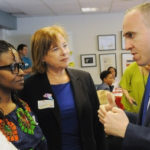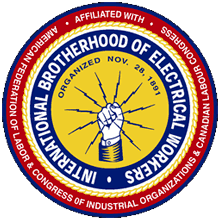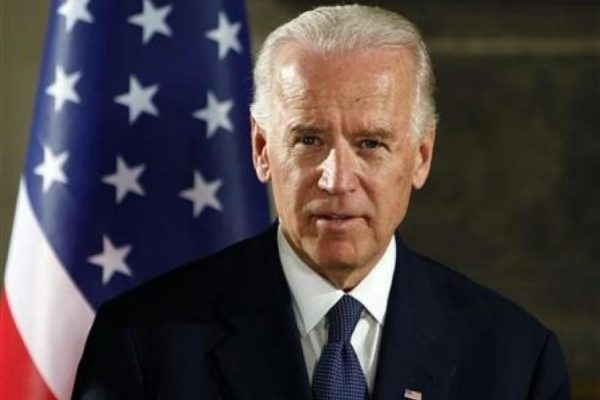New York City Council members attending the UFT’s May 3 legislative breakfast heard why it’s important to continue supporting five of the UFT’s signature programs: Teacher’s Choice, the Community Learning Schools Initiative, the Positive Learning Collaborative, the BRAVE anti-bullying program and the Dial-a-Teacher homework helpline.
to continue supporting five of the UFT’s signature programs: Teacher’s Choice, the Community Learning Schools Initiative, the Positive Learning Collaborative, the BRAVE anti-bullying program and the Dial-a-Teacher homework helpline.
“It is amazing what we’re accomplishing,” UFT President Michael Mulgrew told the packed room of elected officials. “The biggest priority is to continue the work that we’re doing.”
Council Speaker Corey Johnson voiced his agreement. “All of these programs are not programs that we have to guess about or try to understand whether they’re having an impact,” he said. “They are programs that were designed to really help people.”
Union representatives from each program told Council members about the benefits of these programs for schools and communities in their districts.
“All of these priorities are really the priorities of our kids,” said Mark Treyger, the chair of the Council’s Education Committee and a former city public school teacher.
Describing the Positive Learning Collaborative, Treyger said, “If you invest in preventative practices to address school climate and defuse issues and defuse conflicts in research- and evidence-based ways, we know can improve school climate.”
Lucia Castillo Orduz, the principal at PS 42 in the Bronx, explained that students in her school, one of the 19 schools in the Positive Learning Collaborative program, participate in restorative circles with their homeroom teachers to explore issues creating hardship in their lives or conflict among their schoolmates.
“Circles strengthen relationships between students and between students and teachers,” Orduz said. “Strong relationships improve learning. Our students performed better in the subject that their homeroom teacher was responsible for teaching.”
The UFT’s Community Learning Schools Initiative works with 20,000 students in 31 schools. These students face many challenges: 58 percent are on some form of public benefit, 34 percent need special education services and 18 percent live in temporary housing.
Jarrod Alexander, a social worker at PS 30 in Manhattan, shared an anecdote about his community learning school’s integrated counseling services, which were able to help a disruptive student even though the school counselor was unavailable.
Alexander said a 2nd-grader “came into my room and proceeded to curse me out.” He eventually learned the student was a Teenage Mutant Ninja Turtles fan.
“Well I know Ninja Turtles,” he said. “We begin to talk about turtles — this is the engagement phase, I found my window in. I come to find out his mom just had a baby, he was feeling neglected, and he came to school and started acting out.”
UFT Director of Personnel Michael Sill explained that the Teacher’s Choice program, a Council-funded program created in 1986 at the UFT’s urging, makes it easier for teachers to adapt their lessons to the needs of a particular class — rather than having to cut through red tape to get the supplies they need or not getting them at all because of budget constraints.
“The moment a teacher realizes that there’s something about this class that really sets their educational minds on fire, they can go and use Teacher’s Choice” to get the supplies they need, he said.
Mulgrew invited the attending Council members to go into schools to see firsthand why these programs deserve their support.
“To actually see something that you worked on and see the results in the community — that’s the passion; that’s why we all do this work,” he said.



